Tax-Efficient Investing and the Importance of Asset “Location”
When it comes to structuring a tax-efficient investment portfolio, we believe it is important to consider “asset location.” That is—which types of investments should be held in which accounts? Conventional wisdom reads as follows:
Tax-efficient investments should be held primarily in personal brokerage accounts. These could include municipal bond funds, tax-efficient index funds and even individual stocks.
Tax-inefficient or “income generating” investments should be held in tax-favored accounts like IRAs and 401k plans. These would include most fixed income investments (bonds, preferred stocks, TIPS), as well as certain types of stock investments including REITS, dividend-payer stocks and some actively managed stock mutual funds.
Unfortunately, positioning the income generating (mostly conservative) investments in IRAs and the tax-efficient (growth-oriented) investments in personal brokerage accounts, may not always be a good idea.
This is especially the case for those investors who are in the accumulation phase of their investment life cycle. You might recall that we consider “accumulators” as those investors who are at least 10 years away from retirement.
What is different about accumulators?
The primary factor that influences asset location decisions for accumulators is the fact that distributions (prior to the age of 59 1/2) from IRAs and 401k plans could be subject to income tax and a 10% penalty on the distribution.
As such, when forced to take a distribution from their accounts (as a result of an extended unemployment or major unexpected expenses), the most tax-efficient distribution order would likely be as follows:
Cash held in an emergency fund—no tax and no penalty.
Proceeds from a personal investment account—no penalty and little or no tax.
Proceeds from a Roth IRA—original contribution is not taxed or penalized.
Money held in IRAs and 401k plans—subject to taxes and early withdrawal penalty.
Investment Strategy for Accumulators
For most accumulators, their personal brokerage account is considered “on deck” money for distribution purposes. Therefore, we generally suggest an investment strategy that is both tax-efficient and conservatively positioned.
By being more conservative in a personal brokerage account, the hope is that there is some protection from selling equity investments at an inopportune time (after a stock market decline) in order to pay for an unexpected expense.
How About Pre-Retirees and Retirees?
At some point, accumulators "turn the corner" and their investment strategy becomes less focused on contingency planning for emergencies and short term goals and more focused on cash flow planning for their retirement years. Pre age 59 1/2 penalties are no longer a concern because, well...they are above the age of 59 1/2!
What are some guidelines for making asset location decisions for those who are in or approaching retirement? The answer to this question is again, like all financial matters, dependent on your personal circumstances. Here are a few things pre-retirees and retirees should think about when structuring their portfolios:
The timing and magnitude of planned distributions
Current tax rates versus expected future tax rates
The ongoing need for liquidity
The portfolio weighting of accounts with varying tax attributes (percent allocation of personal brokerage versus IRA versus Roth IRA)
The tax cost associated with making investment changes in existing personal brokerage accounts
The coordination and timing of pension and Social Security benefits
The need and availability of long term care insurance
The desire for charitable and family gifting
Intra-family planning and transfer considerations including each major beneficiary's tax rate
Asset protection considerations for beneficiaries
The availability, purpose and intent of certain types of investment products including variable annuities and life insurance policies and the quality of investments available in each
All of these factors play a role in deciding the asset location for retirees and there are no hard and fast rules of thumb. Beacon takes exhaustive measures with clients to create an asset location strategy that works best given every client's personal circumstances and preferences.
Portfolio Customization is Critical
An appropriate investment strategy is a process that should be customized to each client. It should reflect your risk tolerance (emotional ability to withstand risk), risk capacity (the financial ability to withstand risk) and risk required (the amount of risk necessary to reach your investment goals).
Positioning your portfolio in a tax-efficient manner, while also maintaining flexibility for distributions is a critical element in a successful and stress-free investment strategy.

